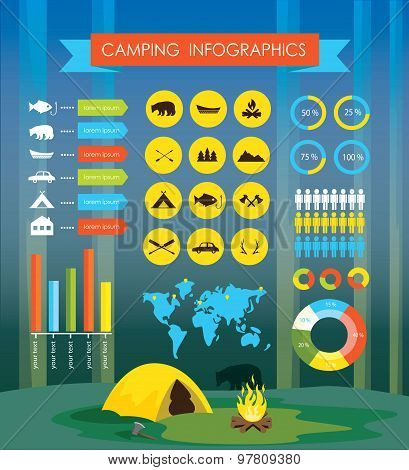Rain flies are a vital device for wall surface tents. They enhance the capability of a camping tent to shield campers from extreme weather conditions while offering included convenience and durability.
Normal cleaning of a rainfall fly keeps mud, mold, and debris from damaging it. Likewise, ensuring the correct tension of a rainfly avoids it from sagging and permitting water to gather underneath.
Weather Condition Resistant Materials
The product used in building and construction projects can influence the durability and durability of the job. Choosing weather-resistant products helps reduce maintenance prices and saves sources for future repair work and substitute.
Wood might not be the first material that enters your mind when going over climate resistance, however it is very resilient when effectively treated with preservatives. Cedar, redwood, and teak wood are instances of normally rot-resistant timbers used to make a selection of outdoor furniture and frameworks.
High-performance canvas wall surface tents are created to stand up to moisture and maintain campers comfy. It is essential to tidy canvas and tents consistently to eliminate dust, mud, and dirt. It is also important to rinse off any type of deposit from the canvas outdoor tents before keeping it away for usage. Stay clear of using bleach, as it ruins the water-resistance treatment and makes the outdoor tents more vulnerable to leak. Conversely, a soft brush and a hose can be used to completely scrub the canvas camping tent and wash it off with water until it is fully saturated.
UV Exposure
Unless a camping tent is made from UV-resistant textile, long term exposure to sunlight will trigger it to break down. This holds true of all textiles, but it's particularly noticable for camping tents and canvas frameworks as a result of just how much they're made use of in outdoor settings. UV radiation can cause dyes to break down, resulting in a loss of color vibrancy.
A rainfly secures wall surface outdoors tents from these harmful UV rays by reflecting them before they can permeate the framework and reach your skin. It is essential to select a rainfly with a UPF ranking of 50 or higher to obtain optimal UV protection.
A rainfly likewise aids regulate the temperature level inside a tent relying on the period. A lighter rainfly can maintain outdoors tents from absorbing way too much warm in the summer season, while a heavier rain fly can help prevent heat from escaping the outdoor tents during chillier months. In either case, these additional layers of insulation can considerably expand a camping tent's lifespan.
Wetness Damages
Canvas tents are fairly durable and can last 15-30 years with thorough care, however also one of the most high-performance canvas is not impervious to rainstorms. A rainfall fly or fly sheet includes a layer of protection for the roof covering of your canvas tent and helps avoid dampness damage.
Condensation, mold and mildew, and mildew are not only unsightly, yet they can also ruin the structural integrity of your canvas outdoor tents. Stopping these issues is uncomplicated, yet it requires careful care and attention to information.
Make it a practice to evaluate your tent in the early morning and get rid of any type of all-natural condensation, dew, or snow that has built up externally. Later, be sure to spread your camping tent out in an open location and make use of a soft brush to scrub away any mold and mildew and mold that has formed. As soon as you have actually removed the impacted locations, re-treat the outdoor tents with a mold and mildew awesome remedy and wash it extensively to prevent any future infestations.
Wetness Buildup
While typical, condensation can damage products if left untreated. Luckily, proactive techniques like cleaning surfaces and airing out tents reduce condensation' impact.
Tent fabric, climate conditions and usage patterns contribute to condensation degrees. Sailcloth, as an example, stands up to water vapor dissipation and has a tendency to display beaded beads quicker than polyester or nylon choices. Comprehending this difference notifies how tent owners handle condensation.
Occupant's breathed out breath and damp apparel and tools spike moisture degrees. A lack of ventilation techniques enables moisture to condense when cozy indoor air satisfies cooler surface temperatures. This cycle magnifies on moist evenings or when a camping tent is positioned in reduced places. Checking and wiping outdoor tents surface areas right away after cooling urges dampness to distribute before destructive materials or forming mold and mildew. Localized airflow, such as routing a follower toward joints, more aids the process. Identifying one of the most vulnerable locations of an outdoor tents, like high ridges and corners, helps canvas material campers enhance their dampness monitoring routines.
